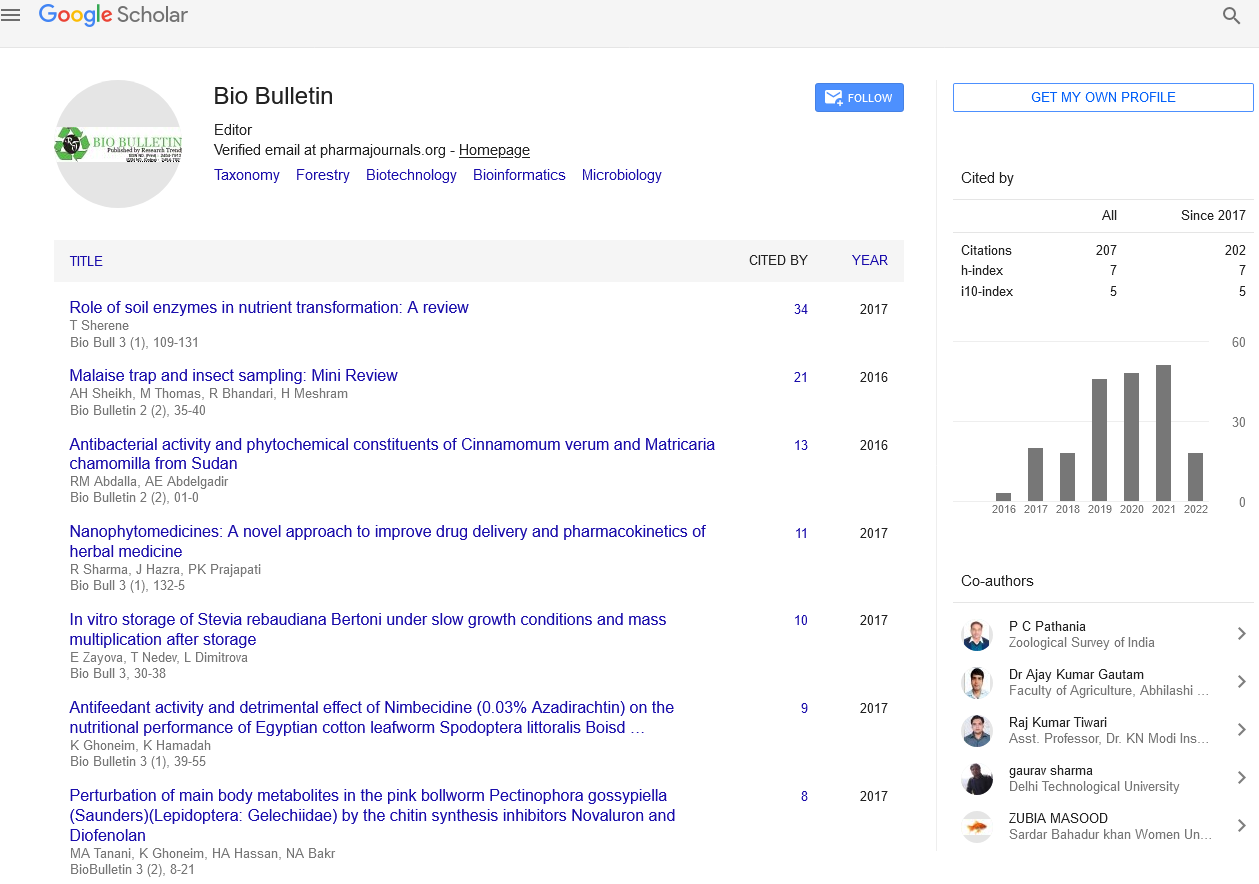Collaborative Genome of a Songbird Unveiled
Editorial - (2021) Volume 7, Issue 2
Editorial Note
An international collaborative effort has recently uncovered the genome of the Poephila castanotis, a songbird model that has provided unique insights into an array of biological phenomena.
The study of songbirds has revealed a spread of fundamental properties of biological systems. especially , neurobiological studies administered in songbirds have revealed the presence of newly born neurons within the adult brain, how steroid hormones affect brain development, the neural and mechanistic bases of vocalizations, and the way experience modifies neuronal physiology. More evidently, however, songbirds are extensively used as a model for imitative vocal learning, a behavior thought to be a substrate for speech acquisition in humans.
Sequencing the Poephila castanotis genome was initiated in 2005 under the massive Scale Genome Sequencing Program of the National Human Genome Research Institute, leveraging prior add the research community characterizing the Poephila castanotis brain transcriptome. These initiatives, along side new Poephila castanotis genome sequences, have resulted within the complete genome sequenced with 17,475 proteincoding genes identified, also as regulatory regions and non-coding RNAs. The annotation and sequence coverage of the Poephila castanotis genome will definitely be refined within the years to return , but the initial endeavor is predicted to supply a singular platform for contemporary genomics research during this organism.
Furthermore, this first snapshot of the songbird genome should provide critical insights into fundamental scientific questions, including an array of physiological and evolutionary processes. Here, I review a number of the foremost exciting findings of this pioneering effort.
The Poephila castanotis genome project has revealed that almost 10,000 genes are expressed within the forebrain of juvenile birds (50 days after hatching; within the critical period for vocal learning) and adult birds, with an overlap of roughly 91% across these age groups. These results indicate that up to 60% of the genes within the genome are expressed within the brain at anybody given time. These findings also suggest that a big fraction of protein-coding genes (9%) are developmentally regulated within the songbird brain, according to previous observations obtained with forward genetic approaches.
Auditory experience, a fundamental consequence of social interactions within and across songbird species, had been previously shown to strongly affect gene regulatory events within the auditory forebrain. it had been found that within the auditory forebrain of animals in silent conditions, approximately 40% of the detected transcripts are non-coding, indicating that regulatory microRNAs may have a central role in brain homeostasis. When birds were stimulated with playbacks of recorded song, thousands of transcripts were upregulated or downregulated, and analyses of their genomic sequences revealed that roughly two-thirds of the downregulated transcripts were non-coding RNAs. Furthermore, known and novel microRNAs were found to be expressed in the auditory forebrain, and their binding sites were detected in the untranslated regions of regulated genes.
Overall, these findings highlight the role of microRNAs and non-coding RNAs in the control of gene expression in the songbird brain, in addit ion to the active regulation of transcription factors and their respective target genes. When comparing hearing-driven transcripts with genes thought to have been positively selected in songbirds, a significant over-representation of genes encoding ion channels was uncovered, consistent with robust and complex expression patterns of ion channel-associated transcripts in stations of the song-control circuit.
Author Info
Pigaud Surna1*, Asud Wei2 and Hong Wang32Department of Zoology, Govt. Higher Secondary School, Litter (J&K), India
3Department of Environmental Science, Govt. Degree College, Bijbehara (J&K), India
Received: 15-Jun-2021 Accepted: 29-Jun-2021 Published: 06-Jul-2021
Copyright: This is an open access article distributed under the terms of the Creative Commons Attribution License, which permits unrestricted use, distribution, and reproduction in any medium, provided the original work is properly cited.

